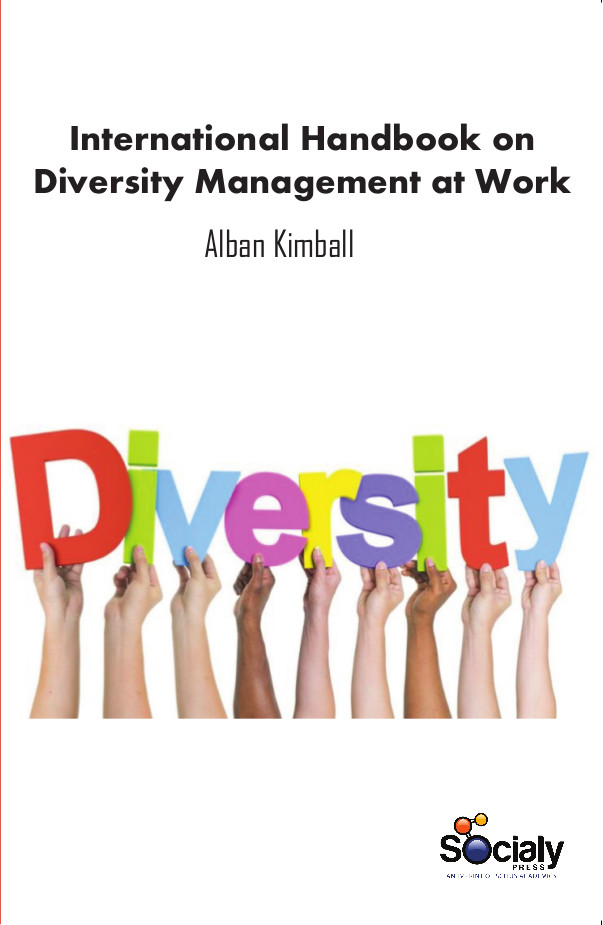Diversity management is a process intended to create and maintain a positive work environment where the similarities and differences of individuals are valued. Workplace diversity refers to the variety of differences between people in an organization. Advances in communication technology, such as the Internet and cellular phones, have made the marketplace a more global concept. In order to survive, a company needs to be able to manage and utilize its diverse workplace effectively. Diversity not only involves how people perceive themselves, but how they perceive others. Those perceptions affect their interactions. For a wide assortment of employees to function effectively as an organization, human resource professionals need to deal effectively with issues such as communication, adaptability and change. Diversity will increase significantly in the coming years. Successful organizations recognize the need for immediate action and are ready and willing to spend resources on managing diversity in the workplace now. This Book provides comprehensive information on the business benefits of diversity as well as the innovative initiatives and services as knowledge and innovation, now more than ever, are crucial in securing a competitive advantage in a globalized economy. Research has proven that innovation can be converted into profit. No matter how qualified your workforce is, without diversity, they are likely to think the same and look for similar ways forward. Innovation requires a new perspective, and a well-managed diverse workforce can breed creativity and dynamic business solutions.
International Handbook on Diversity Management at Work examines the potential barriers to workplace diversity and suggests strategies to enhance workplace diversity and inclusiveness. The literature on diversity management has mostly emphasized on organization culture; its impact on diversity openness; human resource management practices; institutional environments and organizational contexts to diversity-related pressures, expectations, requirements, and incentives; perceived practices and organizational outcomes related to managing employee diversity; and several other issues. The Handbook will also provide researchers and policy-makers with standard data regarding equal treatment and diversity as understood globally.













